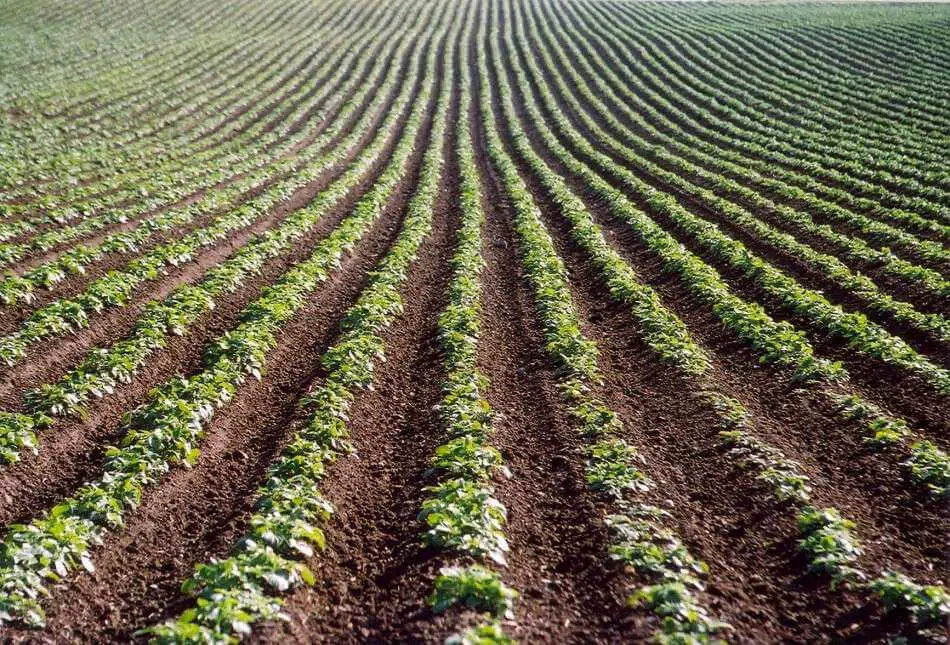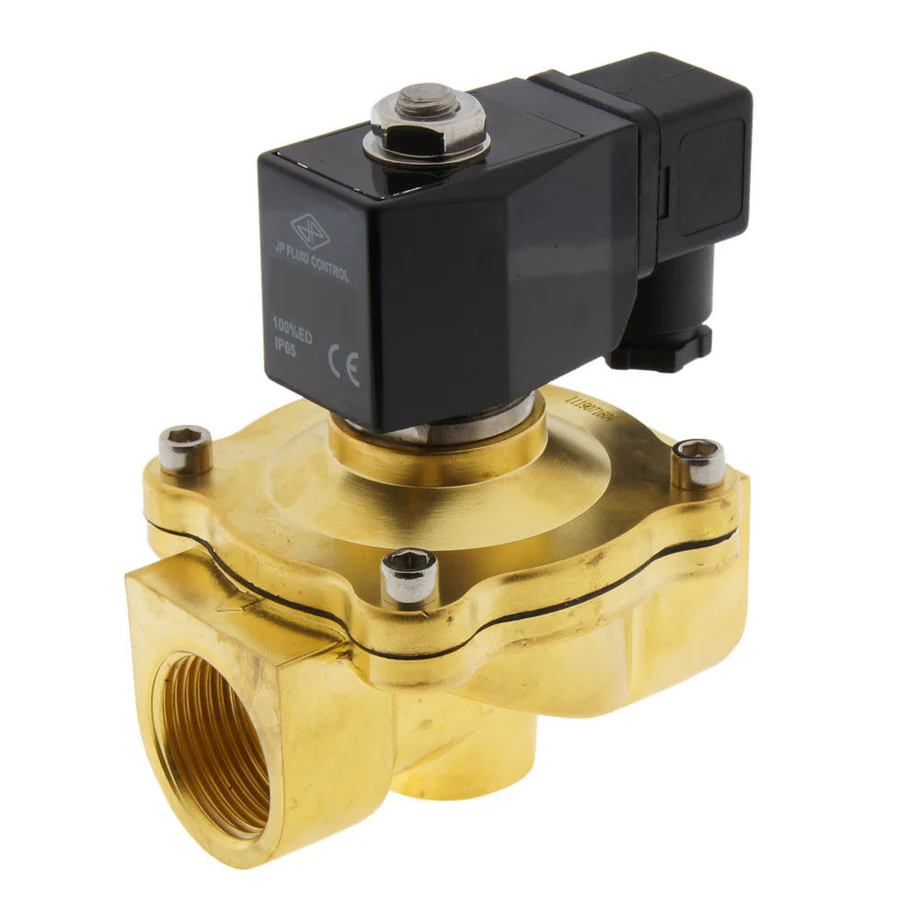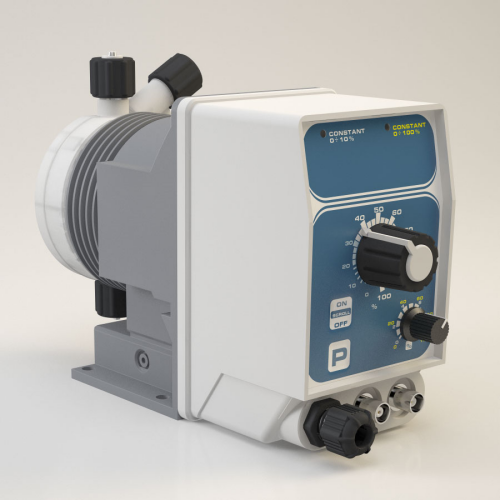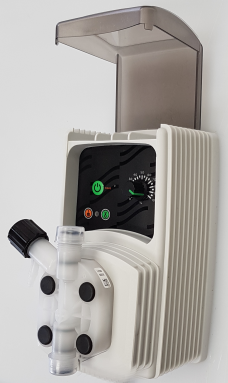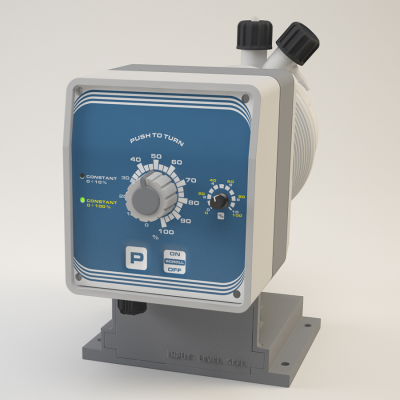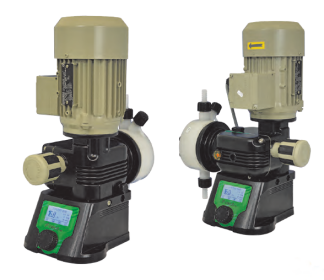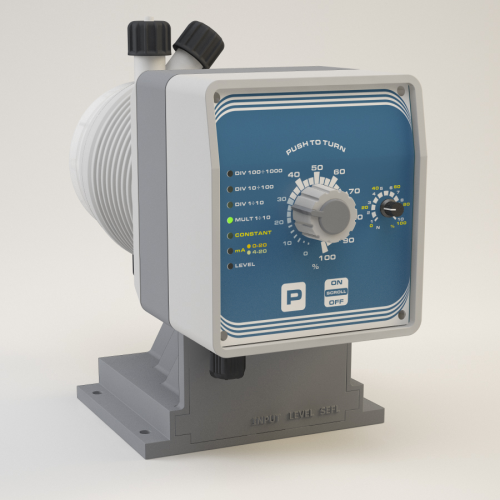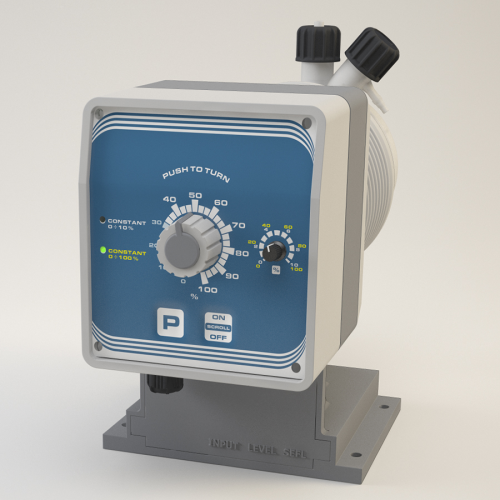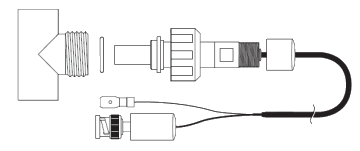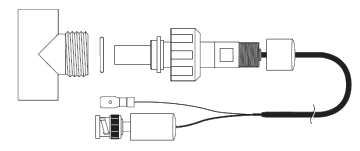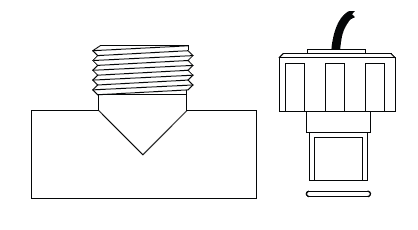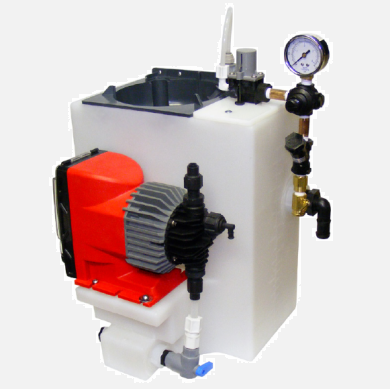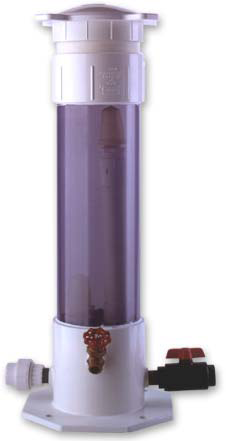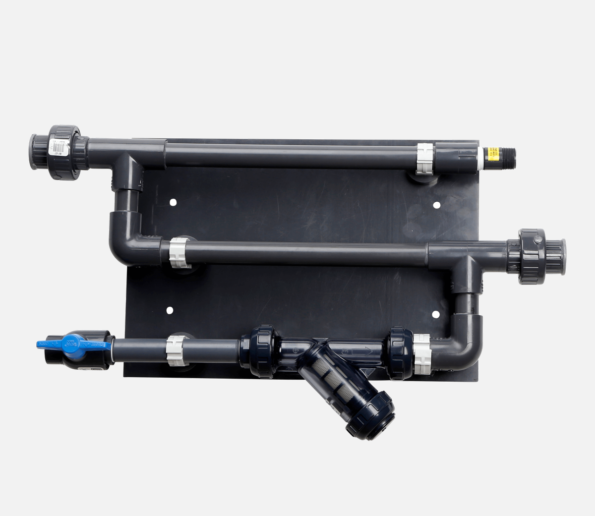Chemical dosing plays a crucial role in modern agriculture, ensuring that crops receive the precise nutrients and treatments they need for optimal growth. Let’s delve into how this process benefits farmers and the environment.
The Role of Chemical Dosing in Agriculture
Chemical dosing in agriculture involves the controlled application of substances like fertilizers, pesticides, and pH adjusters through irrigation systems. This method, often referred to as fertigation (for fertilizers) and chemigation (for chemicals), allows for;
-
Precision Application: Delivering exact amounts of nutrients and chemicals directly to the plant roots, reducing waste and ensuring consistent crop health.
-
Cost Efficiency: Minimizing the overuse of expensive inputs by applying only what’s needed, leading to significant cost savings.
-
Environmental Protection: Reducing runoff and leaching into surrounding ecosystems, thereby protecting water sources and soil health.
Key Applications
-
Fertigation: Injecting fertilizers into irrigation water to provide nutrients directly to plants.
-
Chemigation: Applying pesticides, herbicides, or fungicides through irrigation systems for efficient pest and disease control.
-
pH Adjustment: Using acid dosing to correct alkaline water, ensuring optimal nutrient availability for crops.
Equipment and Technology
Modern chemical dosing systems are equipped with:
-
Automated Pumps: Delivering precise chemical amounts based on real-time data.
-
Sensors and Controllers: Monitoring parameters like pH and electrical conductivity to adjust dosing accordingly.
-
Integration with Irrigation: Seamlessly combining with existing irrigation setups for uniform distribution.
By implementing advanced chemical dosing systems, farmers can achieve higher yields, reduce environmental impact, and promote sustainable agricultural practices.

